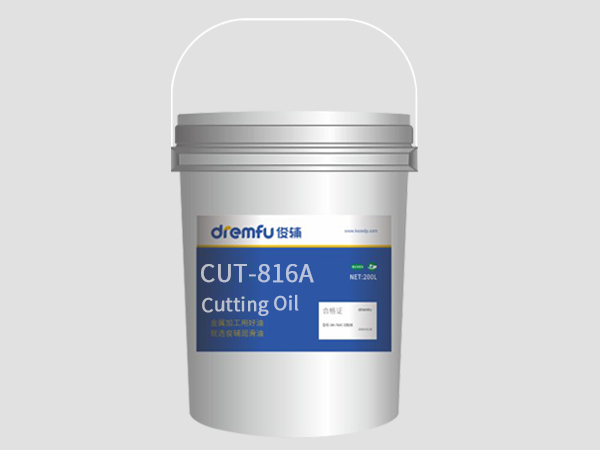2025-08-21 15:34:09
Choosing the right cutting lubricant for steel is a crucial decision in modern machining.Among the most common options are water-based and oil-based Cutting Fluids,each offering unique advantages depending on the application.Water-based cutting lubricants provide excellent cooling performance,making them ideal for high-speed machining where heat control is critical.They are also environmentally friendly,with low VOC emissions and easier disposal,and their lower smoke and odor improve operator comfort.However,water-based fluids generally offer lower lubricity compared to oil-based alternatives and require careful maintenance to prevent bacterial growth and foaming.

Oil-based cutting lubricants,on the other hand,provide superior lubricity,which helps reduce friction and wear,particularly when machining tough steels.They form a protective film on the workpiece,lowering the risk of corrosion,and often have a longer fluid life,reducing the frequency of replacement.The main drawbacks are less effective cooling compared to water-based fluids and potential environmental concerns during disposal.Many manufacturers consider oil-based fluids the better choice for heavy-duty or difficult-to-machine steel components,where lubrication and tool protection are more critical than cooling alone.
In practice,the choice between water-based and oil-based cutting lubricant for steel often depends on the type of steel,machining process,and environmental considerations.Water-based fluids are preferred for high-speed machining of mild steel due to their superior cooling capacity,while oil-based fluids are commonly used for heavy-duty operations or stainless steel where lubrication is critical.Some companies adopt semi-synthetic or blended Cutting Fluids to combine the advantages of both types,achieving a balance between cooling and lubrication.Proper maintenance,including monitoring concentration levels,filtering out metal chips,and preventing microbial growth,ensures that either type of cutting lubricant continues to perform effectively throughout its service life.
Both water-based and oil-based cutting lubricant for steel have clear advantages and limitations.Understanding these differences and applying best practices in selection and maintenance can significantly improve machining efficiency,extend tool life,and maintain a safe,productive working environment.Manufacturers can therefore optimize their steel machining operations by carefully evaluating the specific requirements of each job and choosing the Cutting Fluid that provides the best combination of cooling,lubrication,and environmental compliance.